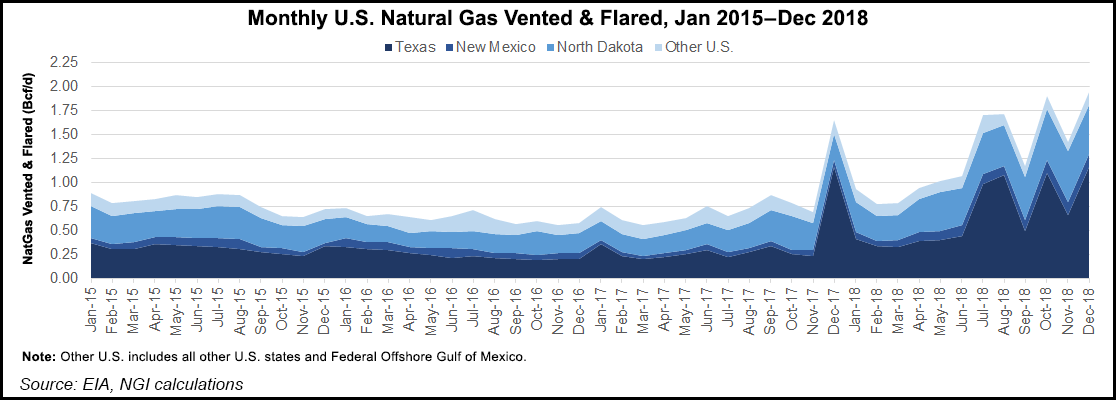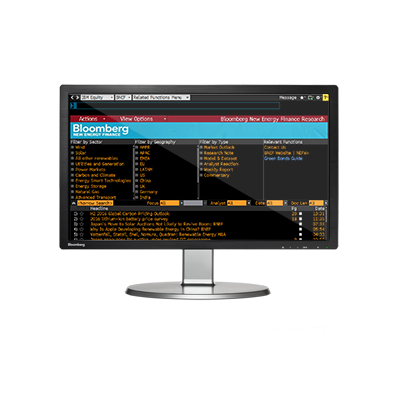Contents:


Understanding manufacturing overhead costs is critical for businesses to remain financially stable and successful. By calculating their total overhead costs, businesses can ensure that they are making appropriate investments in the production process and keep their budgets on track. With this knowledge, companies can plan for future growth and make sound decisions about their operations. Manufacturing overhead costs are indirect expenses that occur in producing goods or services. They are not directly related to the manufacture of a product but still need to be accounted for when calculating total manufacturing costs. Understanding these costs can help businesses determine their budgets and plan for future growth.
Sometimes there is a negative correlation between the manufacturing overheads and the direct costs. Thus, in this scenario, the labor class tends to suffer while the salaried personnel remains on the safer side. On the other hand, the prices of the products across every segment tend to increase; thus, the real value of money falls. Every business will have a unique set of manufacturing overhead costs, so take the time to consider the ins and outs of your workshop. Thirdly, allocating manufacturing overhead costs provides insight into which processes are most efficient at producing certain goods within a company. Companies must be able to respond quickly to changing market conditions to maintain profitability.
How to Calculate the Overhead Rate Based on Direct Labor Cost
The purpose of manufacturing overhead is to account for all the costs related to producing a product before it reaches the finished goods inventory. Actual overhead is the real cost of overhead calculated at the end of the accounting period. It is then compared with the applied overhead amount in order to reconcile the numbers on the balance sheet.
Direct vs. Indirect Labor: What’s the Difference? – The Motley Fool
Direct vs. Indirect Labor: What’s the Difference?.
Posted: Fri, 05 Aug 2022 07:00:00 GMT [source]
However, it has been observed that not all factory overhead is linked to these factors; expenses like rent and insurance taxes are not much affected by these factors. It is the simplest and the most popular method in those cases where the factory overhead cost is substantial to the total cost. Under this, the overhead rate is determined, and expenses are absorbed as per the rate. Determining the manufacturing overhead expenses can also help you create a budget for manufacturing overhead. You can set aside the amount of money needed to cover all overhead costs.
List of Possible Expenditures Treated as Factory Overheads
Those https://1investing.in/ are almost exclusively related to consumables, such as lubricants for machinery, light bulbs and other janitorial supplies. These costs are spread over the entire inventory since it is too difficult to track the use of these indirect materials. However, their importance is equal to direct expenses and needs to be accounted for with utmost care.

Invite some high-performing members of the staff into a brainstorming session or two and see what everyone can come up with together. An in-house maintenance person would have the ability to perform routine maintenance and emergency repairs, making it easier to keep your machines in good shape for longer. Nailing your manufacturing budget is critical – which is why we suggest aiming a little higher than lower. The COGS is a part of your revenue for a given period, so when it increases, you’ll also see an increase in your gross margin percentage. Hearst Newspapers participates in various affiliate marketing programs, which means we may get paid commissions on editorially chosen products purchased through our links to retailer sites. The Structured Query Language comprises several different data types that allow it to store different types of information…
Example 5- Formula For Manufacturing Overhead
The articles and research support materials available on this site are educational and are not intended to be investment or tax advice. All such information is provided solely for convenience purposes only and all users thereof should be guided accordingly. These are also referred to as production overheads or works overheads. By looking at all the pieces that make up factory costs, we can start to understand ways to decrease overhead.
It includes factory expenses and maintenance, depreciation of factory plant and machinery and buildings, wages and salaries consumable stores and all forms of an indirect material. Factory overheads are the aggregate of indirect materials, labor, and other costs that cannot be identified conveniently with the articles produced or services rendered. Report the variance in full as a loss or a gain on the income statement for the period in which it arises. The purpose of this method is to measure the inventory at its normal cost, with the income statement accounting for all variances from the budget. Inefficiencies due to overspending or underproduction are costs of the period rather than costs of the products manufactured during the period.
What are the classifications of factory overheads?
Working out an estimate of that is a valuable addition to your manufacturing overhead. That means maintenance people, janitors, cleaners, security guards, supervisors, quality control workers, and anyone else that helps keep the ball rolling. While other items certainly contribute to manufacturing overhead, this list should give you a decent starting point. Defective materials or parts lead to losses for companies because they must be discarded or repaired and resold at a lower price than standard quality parts and materials. This makes it easier to manage cash flow because it gives managers an idea of how much they can spend on other things without financially putting their company at risk.

Under this, it is classified as a percentage of the direct labor cost incurred by the business. However, the method lacks recognition of time devoted to work by skilled and unskilled workers, leading to biased results. Manufacturing units need factory supplies, electricity and power to sustain their operations. The factory overhead is the total of all costs incurred to maintain and run the production facility or factory. For example, let’s say last year’s sign factory overhead – between incidental employment costs and other expenses – cost $1,500,000. We expect the factory to be as productive as last year, with no extra labor costs or contract changes.
Total Overhead Contribution & Accounting Terms
This way, they can stop producing unprofitable products and focus on those that generate more revenue and profit for the business. Companies and their accountants need to be able to determine exactly what are these hard-to-define costs, the manufacturing overhead. If you were to omit manufacturing overhead from the true cost of making every given unit or part, you would not have a true value as to what the part or unit actually costs to produce. Take depreciation, for example, which is perhaps one of the key examples of manufacturing overhead in cost accounting. Investopedia defines depreciation as “the allocation of the cost of an asset over a period of time for accounting and tax purposes.” This result means that the shoe factory incurs total indirect costs of $35,000 during the production process.
When you allocate manufacturing overhead, you assign the costs of indirect labor, materials, and factory expenses to products. The cost of these items will be included in the cost of goods sold on your income statement. Manufacturing overhead cost is the sum of all variable and fixed overhead costs per given period. The variable overhead cost is based on estimated direct labor hours multiplied by a variable overhead rate. The overhead manufacturing budget is a significant part of the master budget in production.
This includes mainly monthly and annual salaries that are agreed upon. They are considered overheads as these costs must be paid regardless of sales and profits of the company. In addition, salary differs from wage as salary is not affected by working hours and time, therefore will remain constant. In particular, this would more commonly apply to more senior staff members as they are typically signed to longer tenure contracts, meaning that their salaries are more commonly predetermined. Manufacturing overhead is fixed in nature and is not related to the business’s number of units manufactured. In the case of overproduction, the costs of manufacturing overhead remain fixed, and thus it does not hinder the employer’s pocket.
The big aggregate florida income tax rate that comprises all the different departments’ budgets for the chosen period is called the master budget. The manufacturing overhead budget is part of this and may be the most important because it may contain the most significant percentage of the company’s expenses. In order to get a better understanding of the difference, let’s take a closer look at each term. ECommerce manufacturing overhead includes costs such as rent, utilities, and payroll for employees who aren’t directly involved in the manufacturing process. Variable overhead costs increase or decrease in line with changes in output volume and can include materials used to produce a product, such as raw materials or packaging supplies. Semivariable overhead costs may fluctuate with production levels but are not directly tied to them.
- None of these expenses is directly tied to the actual manufacturing process.
- These are indirect materials, indirect labor, indirect expenses and other chargeable items.
- These are estimated overhead, applied overhead, and actual overhead.
- SkuVault, Inc. uses the information you provide to contact you about our content, products, and services.
- Each of these figures must be reported on both the balance sheet and income statement.
Consider this example of how the calculation of the manufacturing overhead rate is done. Assume a variable manufacturing overhead of $2 per labor hour, a fixed manufacturing overhead per quarter of $2,500, and a depreciation cost per quarter of $400. Semi-variable manufacturing overhead includes employee bonuses and costs of bookkeeping and janitor services. A key characteristics of these costs is that they are fixed up to a given amount but vary depending on the work done. For example, Traditional bookkeepers charge a fixed monthly minimum for their services. However, beyond this minimum, the charges fluctuate depending on the amount of bookkeeping to be done.
All of these expenses are considered overhead as they have no direct impact on the business’s goods or services. Overhead expenses can be fixed, meaning they are the same amount every time, or variable, meaning they increase or decrease depending on the business’s activity level. Overhead expenses can also be semi-variable, meaning the company incurs some portion of the expense no matter what, and the other portion depends on the level of business activity.
